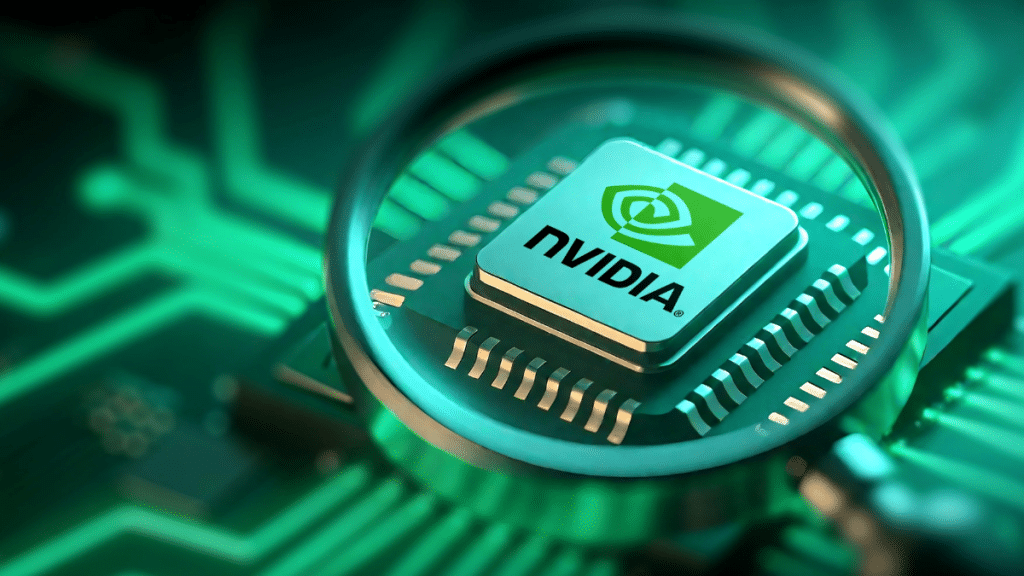In a significant change in tech relations between Washington and Beijing, Nvidia and AMD have agreed to give the US government 15 percent of their profit from selling semiconductors in China.
This measure relates to the acquisition or retention of export licenses for their most sophisticated AI chips, such as the H20 (Nvidia) and the MI308 (AMD).
After being driven for years by cryptocurrency mining and the Bitcoin price surge, semiconductors from Nvidia and AMD are now mainly sought after by the AI industry, which is being monitored closely by both the US and Chinese governments, which call it a “technological revolution.”
A geopolitical appeasement gesture, costly for the companies
After several months of increased tensions, in mid-July 2025, Washington decided to ease its restrictions on exporting artificial intelligence chips to China. This decision authorized the under-licence sale of Nvidia’s H20 model — a chip designed specifically for the Chinese market.
The United States took this step following a complete blockade in April, which had prompted Beijing’s immediate response: export limits on certain critical rare earth elements crucial to the high-tech industry.
The USA reopened access to some restricted chips, and China eased its resource restrictions. This detente was extended 90 days in early August as part of a broader tariff agreement.
However, mutual trust doesn’t seem to be restored. The Chinese authorities have discreetly encouraged their tech giants — Tencent, Baidu, ByteDance — to avoid the H20 for public and sensitive applications.
Even though Nvidia and AMD agreed to pay this heavy price to avoid losing the Chinese market, Beijing’s aims to hasten the adoption of local solutions and decrease dependence on American tech.
Two heavy financial burdens
Earlier this year, Nvidia suffered losses of $5.5 billion over the interruption or delay of exports of its H20 chips to China, covering everything from adjustments to inventory levels to fulfilling contracts already signed.
AMD’s losses totalled $800 million due to slumping sales of its Mi308 processor. Amid these financial strains, the US Dollar Index also reacted, reflecting investor concerns about American tech exports and the broader implications of US-China trade tensions. These numbers, as reported by Reuters, demonstrate the significant financial strain these new regulations have placed on both firms.
China represented approximately 17% of Nvidia’s revenue in 2024. According to Nvidia CEO Jensen Huang, this figure has decreased today, as China now accounts for 15% of Nvidia’s global revenue — still a significant portion that keeps NVDA stock price highly sensitive to developments in China.
This arrangement is part of America’s broader strategy to reduce China’s reliance on some essential technologies. A high-level official in the US has confirmed to the Associated Press that selling in China now requires a 15% levy. This step might be seen as a new approach to the tech war between the United States and China.
Nvidia and AMD face a dilemma: they can keep selling to China and pay a huge price for that, or they can stop selling to China and give up on one of the most lucrative markets in the world for high-end semiconductors.

